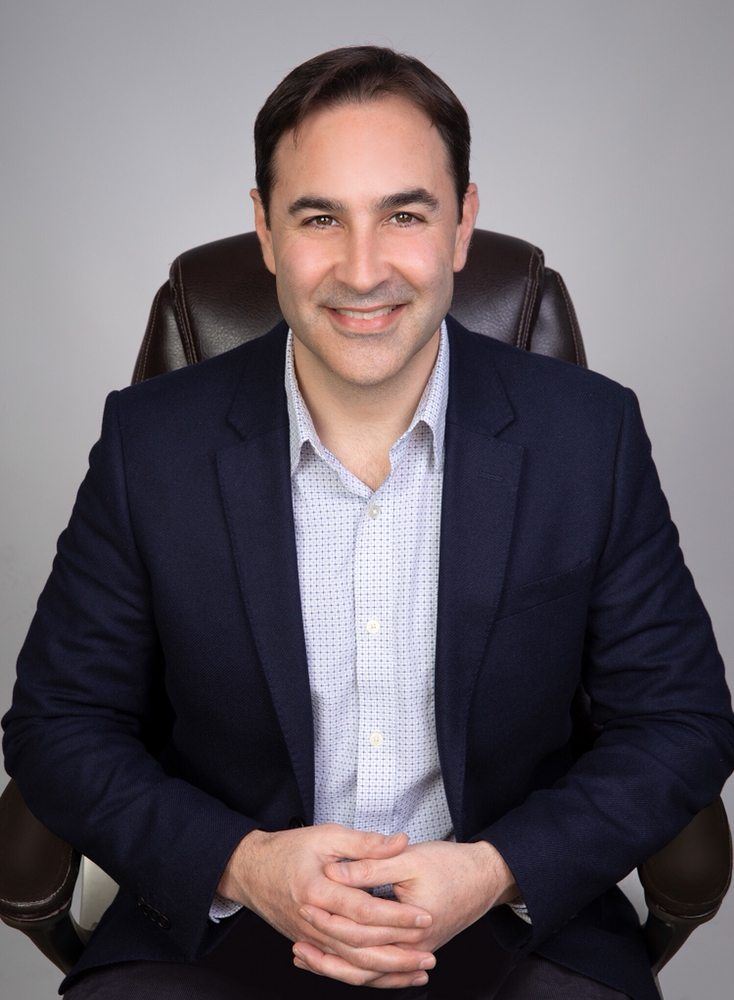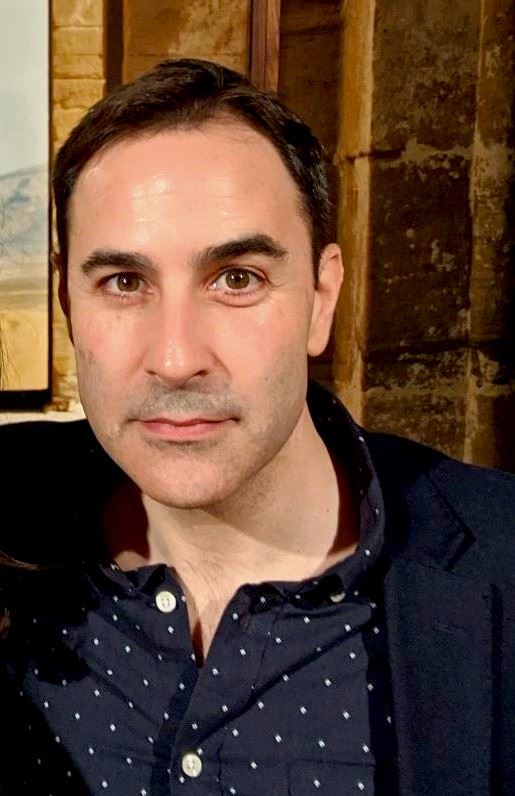 by Mark Mouro, LMFT
by Mark Mouro, LMFT
Summer 2022 Newsletter
The first year of training at The Palo Alto Psychoanalytic Psychotherapy Training Program (PAPPTP) has concluded and I am starting to feel like I am getting a better grasp of psychoanalytic psychotherapy. I began the program with a strong curiosity in utilizing transference and countertransference with my clients. Recent classes covering projective identification have helped me to become more aware of what my clients may need from me and why. And now I am finding myself being drawn specifically to the relational model of psychoanalytic psychotherapy
In weekly consultations, I have discussed instances when clients speak about how different they feel now in comparison to the beginning of therapy. It has happened in the past that I expected patients would raise this subject when they were ready to end therapy. In one recent occasion, however, when this moment arose in session, the feeling was different and unfamiliar compared to the past. The topic of ending therapy did not come up. I wondered then why I had felt a sense of rejection this time as opposed to other past occurrences.
The emotion that came up for me was important information that would guide me toward what the client may require. So now when something feels out of place, I try to first recognize what is being stirred up in me; then I think about where it could be coming from. Is this my unresolved issues? Is this a feeling that my client has and needs to dispel because it is unbearable? Or is this a feeling my client has about someone else and now it is being redirected towards me? Once I have a handle on what it may be, then I need to mindfully respond to it the way the client needs, rather than react to my raw emotion. I need not simply to dismiss the emotion myself nor heedlessly reciprocate it. But how would I know whether it is my or their stuff? Or maybe even something in-between?
For years it had been my assumption that psychoanalysis necessitated lengthy discussions of early developmental childhood. In some ways that contradicts what I am discovering. I am finding I do not need details of my clients experiences from decades ago. In fact, what we need most exists in the here and now. The singularity of the moment. The back and forth, give and take of their expression, and my novel response. Their hidden hopes and my resulting affect. My willingness to be receptive and show how they have an impact on me. This is our dance that moves from my ability to improvise and to be improvised by the music of the session if you will.
As I began to really tune in to the unique tone of connection, I wanted to know about possible deeper meanings underlying the interactions. One concept from class that stuck with me is reverie. It has been described as our daydreams, fleeting perceptions, bodily sensations, and ruminations. And then elaborated and expanded upon by Thomas Ogden (1997) in San Francisco who said "Paradoxically, as personal and private as our reveries feel to us, it is misleading to view them as ‘our’ personal creations, since reverie is at the same time an aspect of a jointly (but asymmetrically) created unconscious intersubjective construction that I have termed ‘the intersubjective analytic
third’ (p. 569)". Is this the compass I had been looking for to gauge what might be happening at an unconscious level in the relationship? I wondered how much of this I am aware of, and perhaps more importantly, how much of it is motivating my behavior.
I was eager to try this in session, and when I did, the irony is that it felt contradictory to what I initially thought I should be doing as a therapist. When the opportunity presented itself, I would break eye contact with my clients, look out the window, listen a little less to their words, and try to capture more of the meaning. I would imagine tuning down one string and tuning up another. If something felt a bit off-center then I would present it to them and see if it resonated.
Nowadays I look for the repetitive themes in my clients relationships. I search for patterns of interactions with others and ultimately with me. When they speak of their relationships with others, now I may be thinking of how that could apply to us. I ask myself what part I might be cast in in the narrative that is playing out between us.
The clients with whom I felt a sense of rejection with, I now take a different view to the process. I imagine they are giving me the experience they feel and have felt so deeply time and time again. This presents a rich opportunity to name, understand, and ultimately change the pattern of how they view their role and others’ in a relationship. If I can recognize it, metabolize it and then offer to them what it feels like for me, maybe they will feel more understood. But more than that, I hope to give meaning to their previous experiences by creating a new one.
 Mark Mouro, LMFT is a psychotherapist working in private practice in San Jose. He specializes in working with couples and many of his clients are parents with young children. He is currently in psychoanalytic psychotherapy training at PAPPTP. Previously, he was a therapist on staff at The Couples Institute in Menlo Park. He lists his experiences with Vipassana meditation, foreign travel and lobbying with CAMFT as being most influential. Mark lives in Willow Glen with his tech working wife and two young sons.
Mark Mouro, LMFT is a psychotherapist working in private practice in San Jose. He specializes in working with couples and many of his clients are parents with young children. He is currently in psychoanalytic psychotherapy training at PAPPTP. Previously, he was a therapist on staff at The Couples Institute in Menlo Park. He lists his experiences with Vipassana meditation, foreign travel and lobbying with CAMFT as being most influential. Mark lives in Willow Glen with his tech working wife and two young sons.
References:
Ogden, T. H. (1997). Reverie and interpretation. Psychoanalytic Quarterly, 66, 567-595.
Back to Summer 2022 Newsletter
